How to remember everything you read
Terrible memory? Little humans to look after? Barely enough time to read? Same. So here's everything I've learnt about retaining information so you can do it too.
Recently I shared that I have a terrible memory but I can still recall certain quotes from books I’ve read years ago. And I have a very simple tricks to do this. So here they are.
You will need:
A pen
A highlighter
Post-its - bonus points if you have more than 1 colour.
No fear when it comes to annotating in books.
Huge disclaimer, if you feel some type of way about writing in books - this isn’t for you.
Your pen is for getting emotionally involved
Firstly, a book is not a one-sided conversation, so pick up your pen and share your thoughts as you read. Jot them down in the margins.
I’ve never met someone who I agree with 100% of the time, so I’m bound to disagree with a book… So I invite you to grab a pen and get to thinking;
do all of these ideas resonate?
does this sentence even make sense?
does this remind you of another author’s idea?
Think of books as a back-and-forth between you and the author. So, rather than have the author speak at you for hours on end, it’s only polite if you chime in.
Don’t be afraid to elaborate on a point, rephrase an idea, or reword a sentence so that you understand it.
I’m actively participating, I write definitions of words I don’t understand and even an anecdote that comes to mind, all of that goes in the margins.
Margins are for speaking your mind
The more I’ve contended with ideas as I’m experiencing them, the more chance I have of remembering them. So, grab a pen makes me get ready to grapple with some content in the margins!
Engage with what you learn critically.
It’s really your best bet at understanding the content so you remember it.
Being aware of how much you’re understanding as you learn is called metacognition. And engaging with content critically is your best bet at increasing cognition while doing some metacognition. Take this as an invitation to get lost in non-fiction.
But that’s just the margin and your pen, what about your highlighter?
Highlighting is for casual re-reading
Are there bits that make you feel something? Even if it’s just satisfaction? ESPECIALLY if it’s satisfaction.
You’re reading so Present You understands and so Future You can enjoy a super quick re-read. So guide their eyes with a highlight. At least that’s what I do. It encourages me to pick up books I’ve read in the past because I know I’ll only be drawn to the bits I enjoyed. It’s doing Future Me a solid as I’m reading.
And you can only get to that stage if you understand the content enough to have a subjective view on what the author is trying to convey. That’s where your post-its come in.
Post-its are for when margins can’t contain you
Come across a concept you don’t know well enough to make sense of what the author is talking about? Same. And know that if you don’t understand it, you’ll have no chance of remembering it. Do a quick Google.
Then get a post-it and summarise what you’ve understood. Nothing too in-depth, just enough to make sense of how the ideas connect. Here’s an example of a book I read recently.
It’s not to say I’m now also fluent in Logic and Philosophical debate - but there’s enough there for me to grasp what the author intended for me to understand.
My top 3 tips for using post-its.
1. Reword what you’ve understood
… or not understood. Post-its are your arena to really engage with the content so you deepen understanding by explaining things back to yourself.
Create quick summaries when you’ve understood a theory
Scribble down your full-on light bulb moments
Draw a diagram to explain a concept to yourself
These little pops of colour are an IDEAL surface to summarise a learning. And engaging with a pen over and over will ensure that you remember what you read. If you find yourself repeating some notes, you’re likely doing it right.
2. Colour-code your learnings + feelings
Leave yourself a key at the beginning of the book so you can retrace your steps. Here’s a key from a recent read;
Yellow = General commentary, definitions + explanations
Orange = Hot takes, action points, and general life advice
Transparent = Chapter summaries
Now when I’m looking at the book, I am EXCITED to read the orange post-its, but I know that the transparent ones are a quick guide to identifying the areas that summarise the book.
3. Rewrite the parts that change your brain chemistry.
If you do nothing else. Do this tip
These special post-its live at the front of a book, with numbered pages and direct quotes. That means that every book I’ve read starts with a few post-its that have changed the way I perceive something, the way I do something or the way that I think about something. And it’s always a delight to pick up a book I’ve read because I can read the parts that genuinely shape my conscious mind.
This is the tip that has increased my recall the most out of all of them.
Blank spaces challenge you to summarise
At the end of every chapter, you’ll find some blank space. This is a challenge. This is your chance to show the author you’ve got some thoughts too.
So, summarise the things you’ve learnt and what you thought of them. If you’re looking at the blank page blankly after you’ve JUST read the chapter, chances are you won’t remember it tomorrow. That’s the author inviting you to go through your breadcrumb trail of highlights, post-its and margin scribbles so you’re ready to try again.
Summarise the chapter in your own words. Future You will enjoy reading the things you thought once upon a time. Because these thoughts might change as you grow, and if you’re reading enough, that’s a great thing.
Rereading is for remembering
If you’ve done these steps, you should be able to grab a book you’ve read and rediscover what you enjoyed, didn’t enjoy, agreed + disagreed with, and rattle off the parts that changed your brain chemistry. This repetition is the last tip I have.
And I know that this isn’t elaborate, I know it isn’t writing a mini-essay (which would be my ideal. It also isn’t rewriting the book into summary cards and storing them around my home.
But it’s what’s worked for me.
.


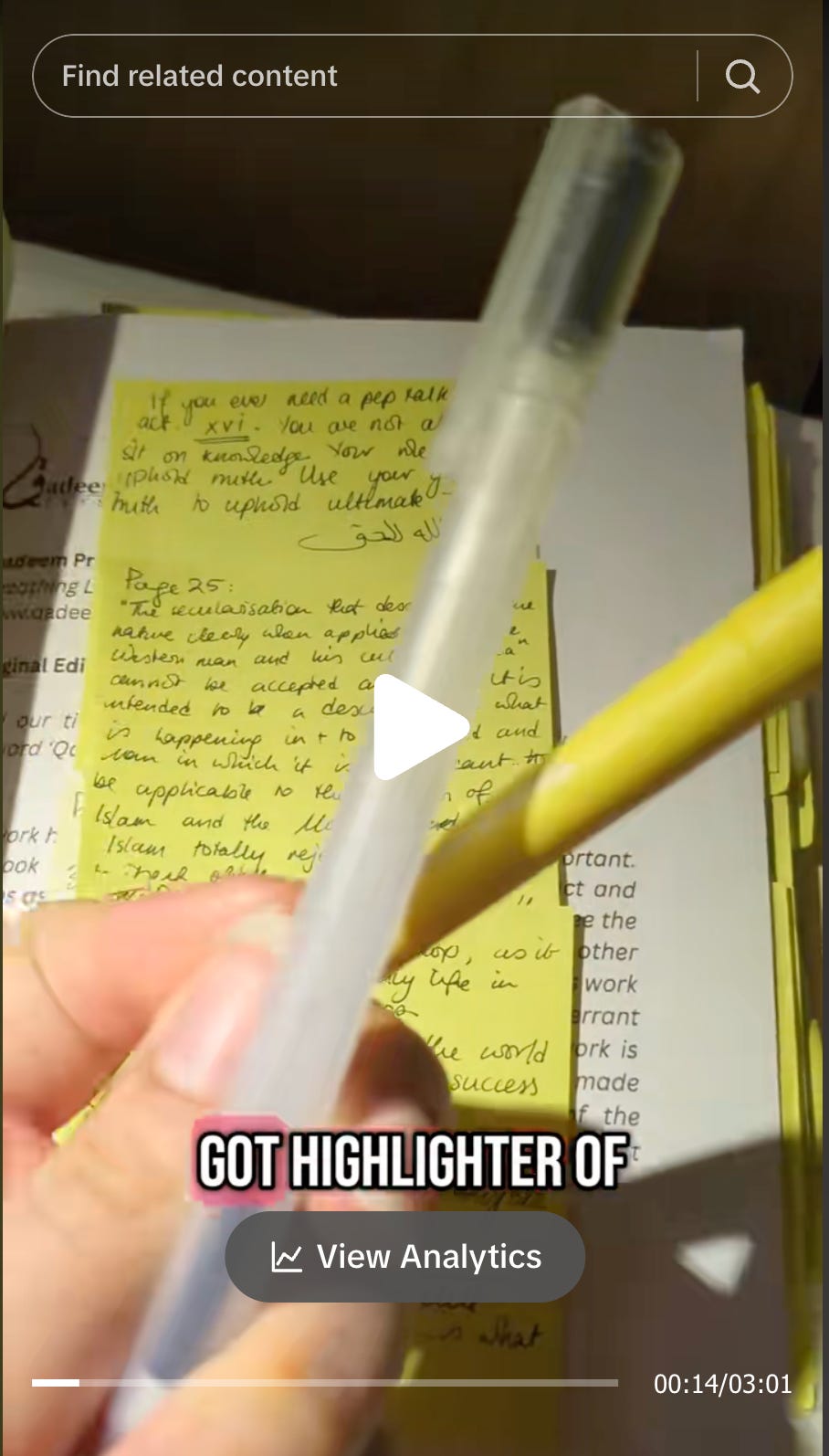
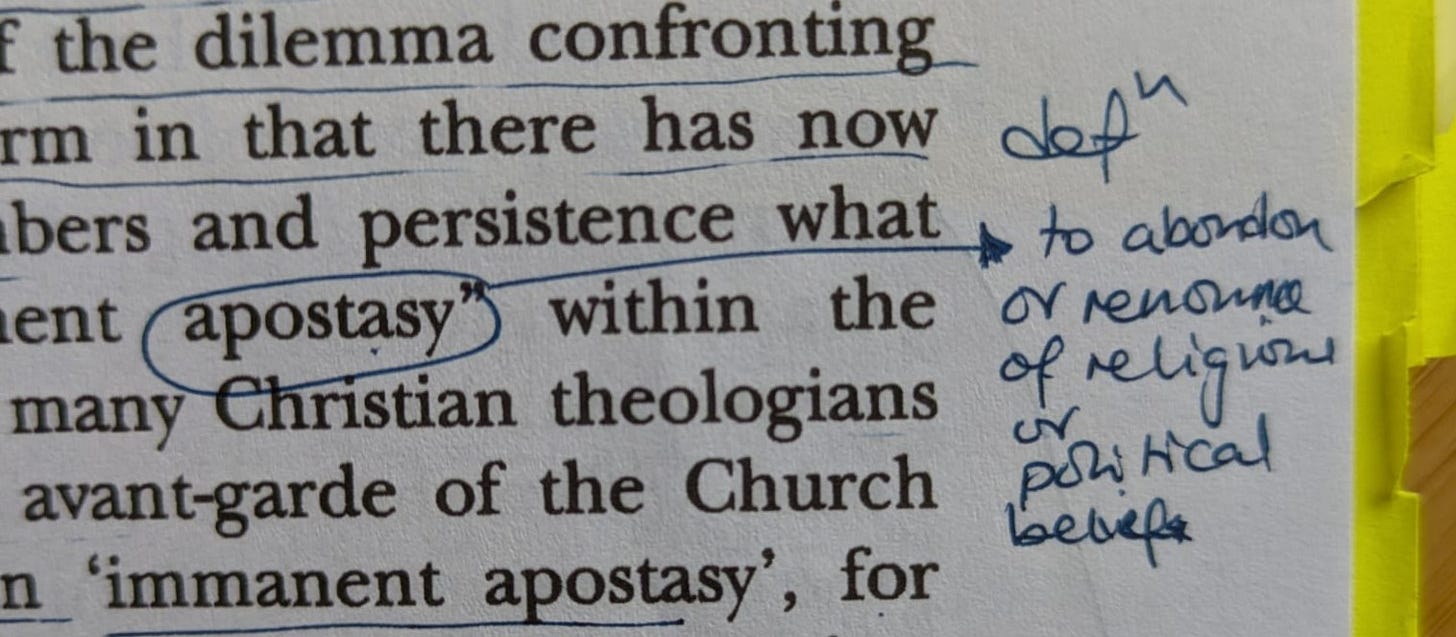
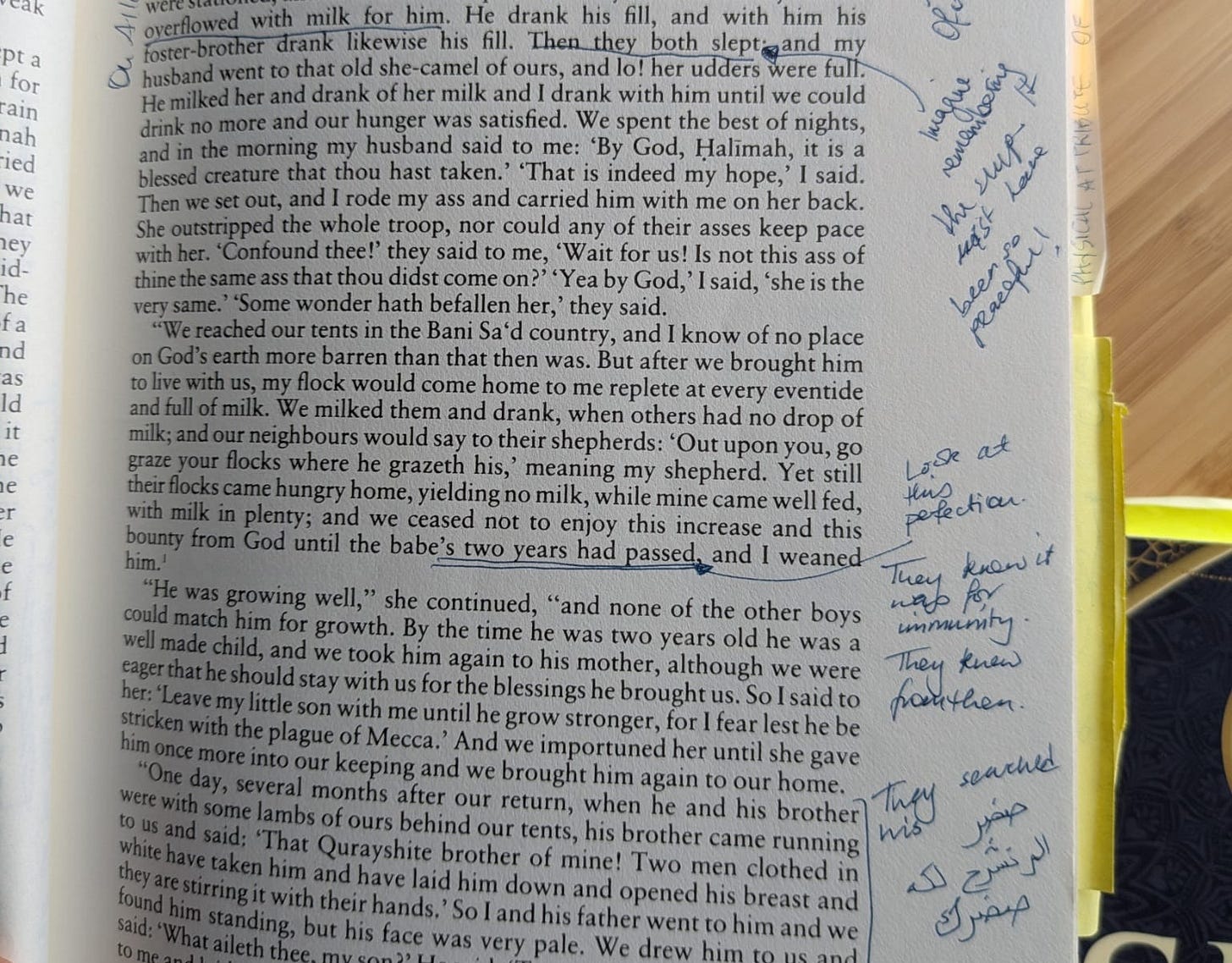
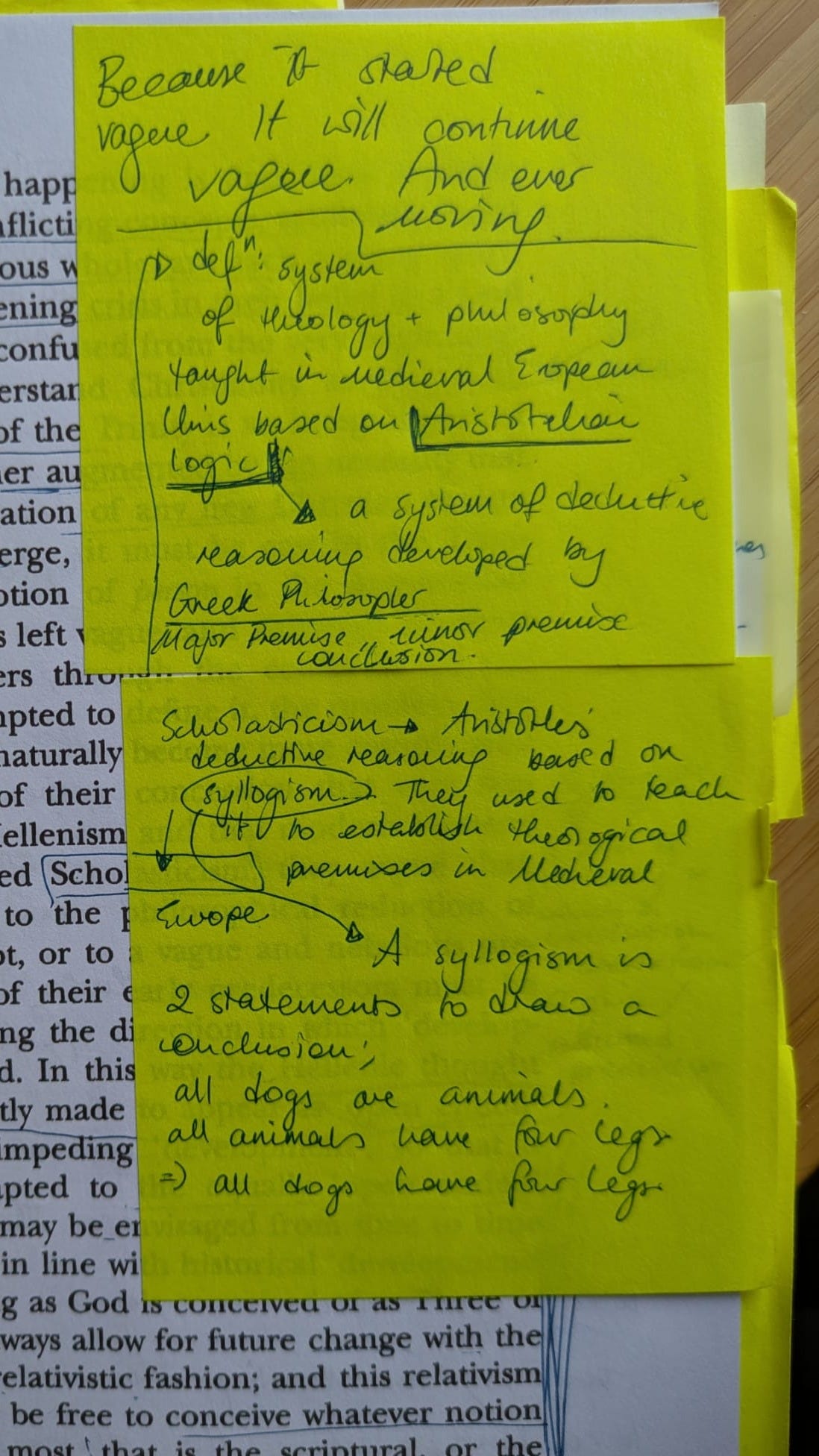
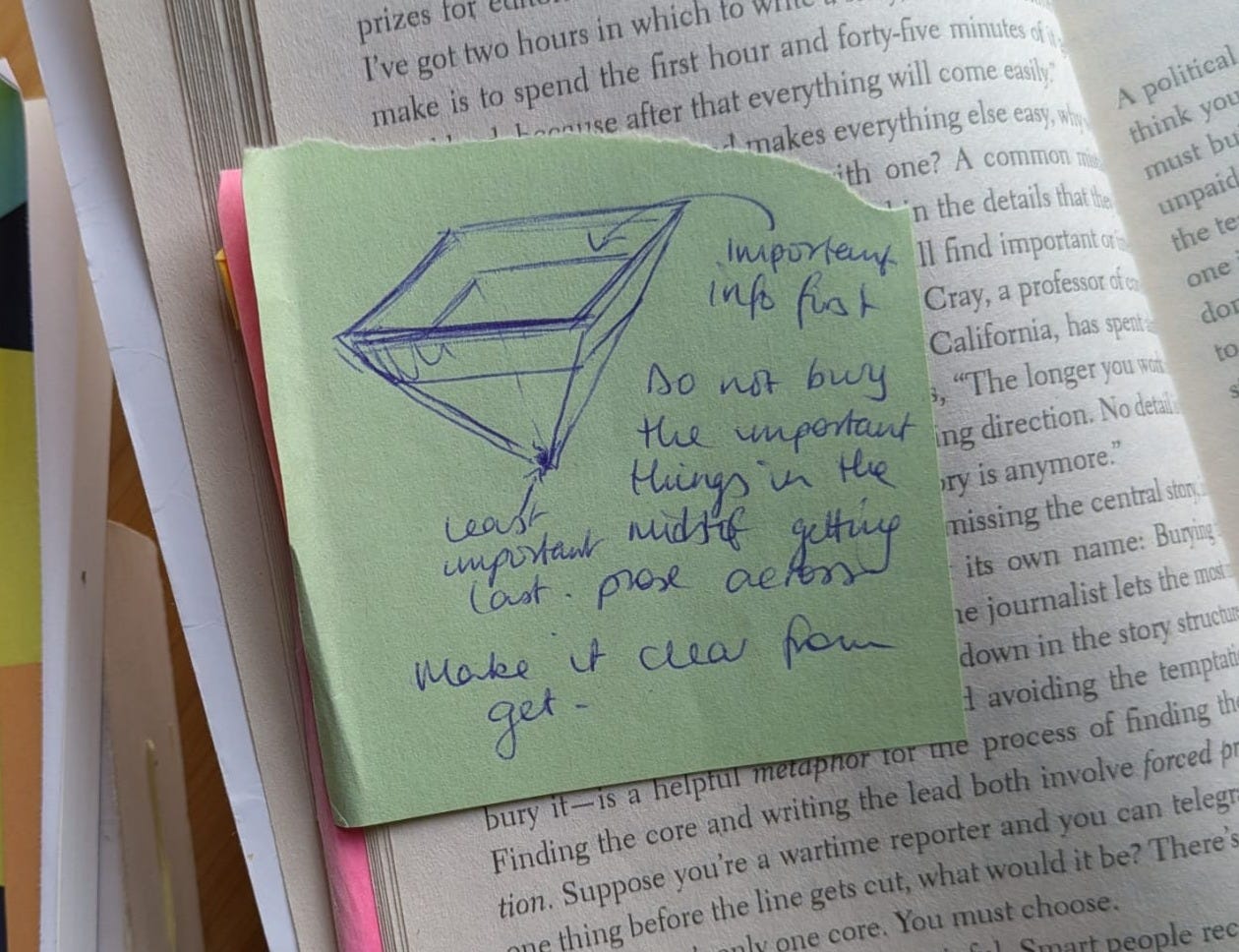
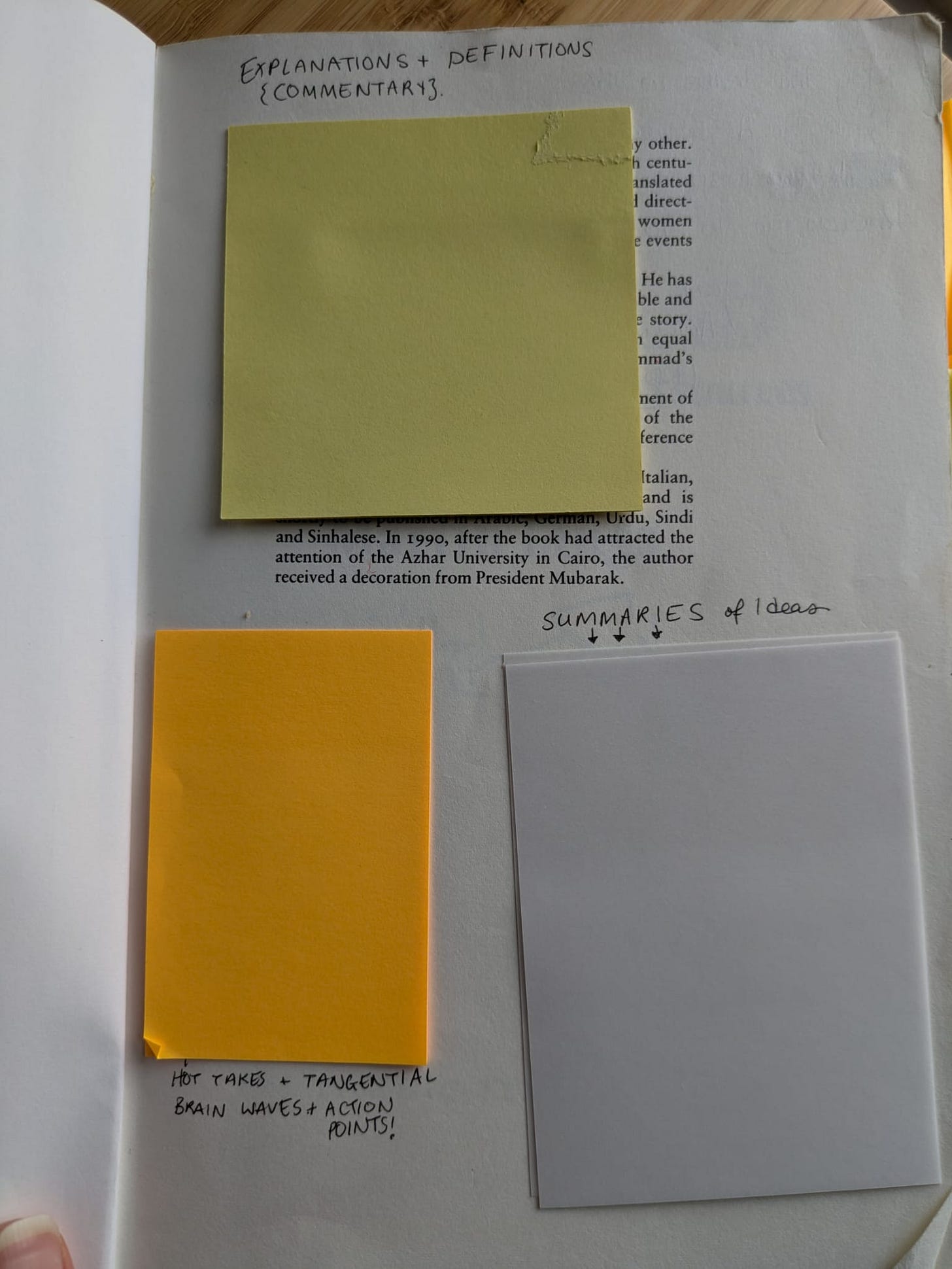
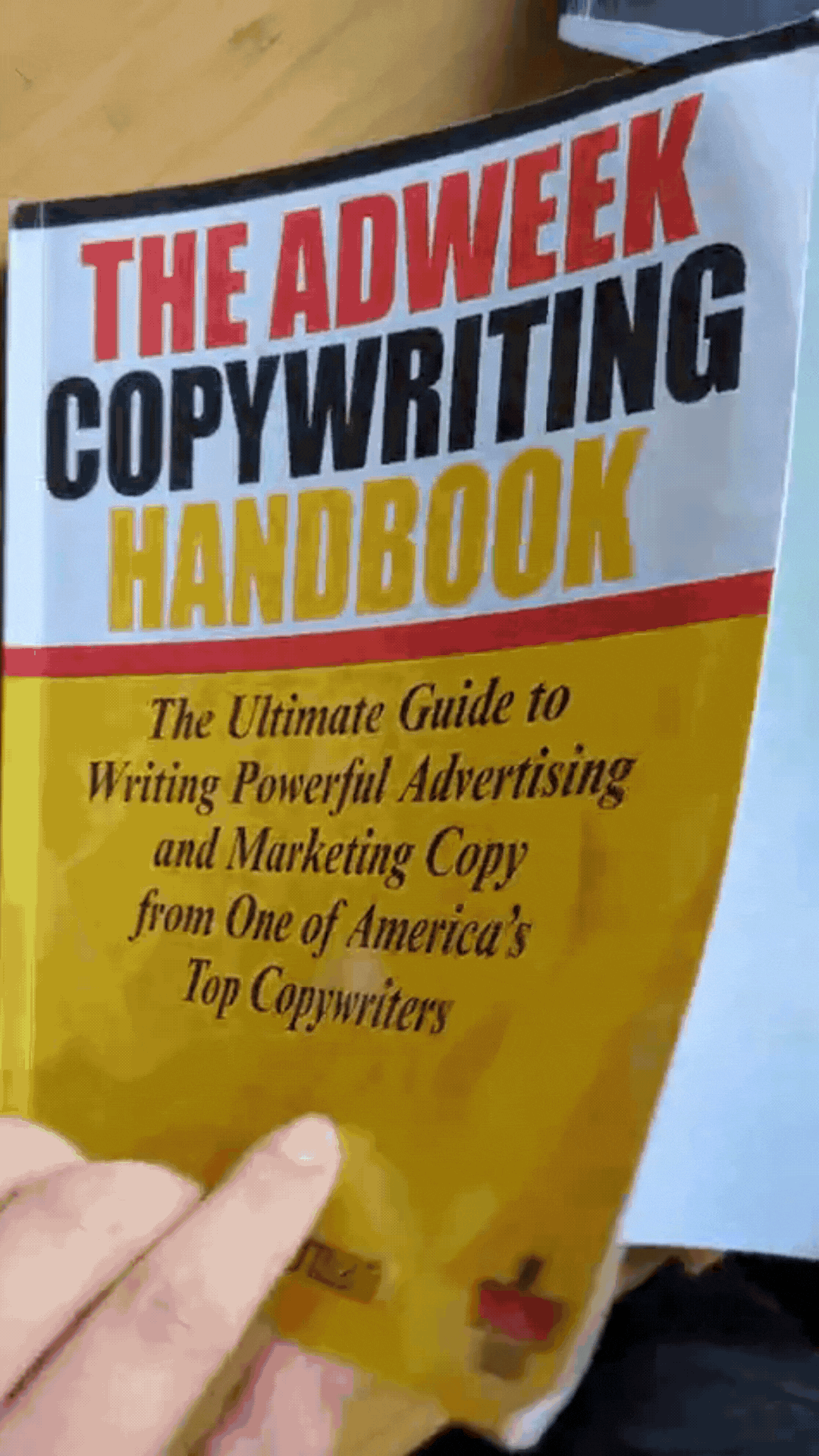

I love this breakdown, particularly the articulation that reading should feel like dialogue, which is something I internalized somewhere but never thought to encapsulate quite so well. I used to do pen & highlighter when I was in school, now generally just a nice pen, and usually that for poetry or “great” fiction.
the underlining / commenting practice also leads me to treasure the books themselves as precious objects because they become time capsules of who I was when I encountered (and was usually changed by) the story and the words. only struggle is I’m trying to buy fewer new books to support my local library 😫
Wow, Super useful